Salesforce: A Unique Approach to Workplace Culture
- Angela Novelli
- Nov 30, 2022
- 4 min read
Updated: Jan 31, 2024

Salesforce has been named by Fortune and Great Place to Work as one of the World’s Best Workplaces for five straight years. As a cloud computing company that sells customer relationship management (CRM) services, it’s rooted in Salesforce’s ideation to not only understand and serve the consumers but also the employees. It stands out in comparison to the “tech bro” nature of the industry it serves, choosing to build a business that values community just as much as it values innovation.
According to an article by Crowdstaffing, “The tech space has been notably plagued by the ramifications of striving to be “cool.” [...] It has led to fratboy-like environments, poor inclusion efforts, outright discrimination, scandals, and inattention to the needs of employees and customers. [...] What Salesforce understands, and what we can learn from this valuable object lesson, is that the epitome of cool is building an organization that supports clients, communities, and workers of all kinds.”
The idea of automation and technology can often seem impersonal, especially when put under a profit-oriented lens. Salesforce, however, “realizes the value of humanity in developing that technology — and doing so in a way that’s intuitive and beneficial to its population of human users'' (Crowdstaffing). The company’s external philanthropic mission extends into its internal working environment and that’s what enables its success.
The External Philanthropic Mission
In a survey conducted by Calling Brands, ⅔ of respondents said that a “higher purpose” would motivate them to go the extra mile at work. Similarly, a study by Net Impact found that “almost half of today’s workforce would take a 15% pay cut to work for an organization with an inspiring purpose” (Harvard Business Review). Employees look for companies that value the greater good, finding that the principles they’re working for are just as important as the salary they’re receiving. Salesforce applies this same balance to the way they approach business: the principles they’re upholding are just as important as the profit they’re bringing in. And these two aren’t mutually exclusive either. Creating an environment of altruism and community mindedness can bring in higher profits. According to CNBC, Salesforce’s revenue more than tripled “from $4.1 billion in the fiscal year ended in January 2014” to $13.28 billion in the fiscal year ended in January 2019.
So how exactly does Salesforce move beyond the words and implement its principles into its lifestyle? Most iconically, it upholds its own 1-1-1 philanthropic model, in which it donates “1 percent of its software, 1 percent of its equity, and 1 percent of its employees' time to pay it forward” (Inc.). Since its start, the company has “given more than $240 million in grants, 3.5 million hours of community service, and provided product donations for more than 39,000 nonprofits and educational institutions” following this model (Salesforce). The Pledge 1% program has even been established, encouraging other companies to pledge 1% of its equity, profit, product, and time to important causes.
Employees also receive 7 paid days of volunteer time off (VTO) each year. According to Salesforce, “From volunteering at a school or virtual mentoring to supporting organizations with technical and professional expertise, employees are encouraged to use their VTO in ways that are personal to them.” The company also matches employee donations to further motivate philanthropic acts. By connecting their organizational values to their operations as well as making it personal to their employees, Salesforce is able to cultivate a culture of success and giving.
The Internal Working Environment
Companies that dedicate themselves to specific principles attract workers that honor the same message, thus further bolstering the positive working environment. Salesforce Founder and CEO, Marc Benioff, has “financed investigations and instituted policies to ensure female and male employees are paid equally for the same work. He publicly speaks out on behalf of LGBTQ people, even going so far as to pull business from certain parts of the country that are promoting discriminating policies” (Inc.). With this progressive spirit leading the organization, the internal benefits are evident.
Listening closely to its employees — more so than many other companies — Salesforce has developed three modes of working: Office-Flexible, Home-Based, and Office-Based. This way, workers can come into the office whenever it works for them and their team. By allowing this flexibility, they report that they’ve “been able to increase individual productivity by 16%, prioritize wellness, and drive new levels of collaboration.” Similarly, Salesforce has introduced and utilized wellbeing surveys, which has aided them in making “data-driven decisions to better support [...] employees in this new environment.” Following the result that 80% of their workers preferred connecting in a physical space, Salesforce states that they’ve worked hard to adapt the workplace to better serve employee needs and foster innovation. Additional perks include non-work related events. From “Salesforce Has Talent” (a.k.a. a company wide talent show) to a “week-long, reimagined bring-your-kid-to-work day,” conscious effort is made to build up the internal community and create an inclusive space to work and thrive in.
Salesforce is known for their uniquely positive work culture. And when looking at how they’ve implemented their principles into every aspect of their company, it’s no surprise that they’ve consistently shown up on rankings of “best places to work.” Their people-first approach to tech is something that can be learned by everyone. In doing so, the benefits will not only be seen in company performance, but also employee wellbeing and productivity.
Sources:

